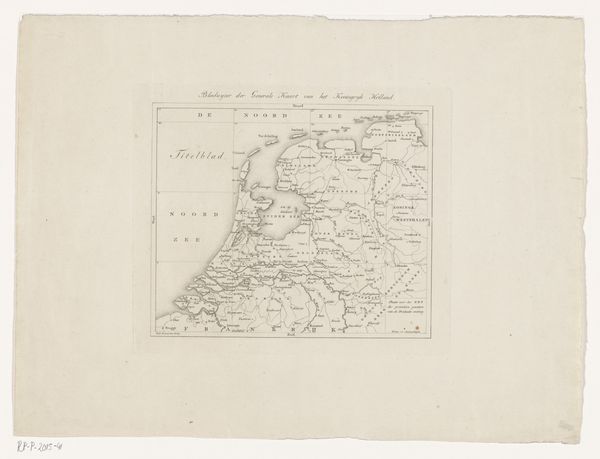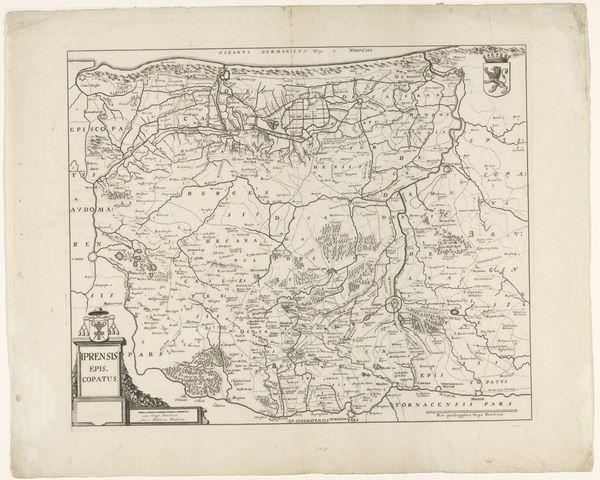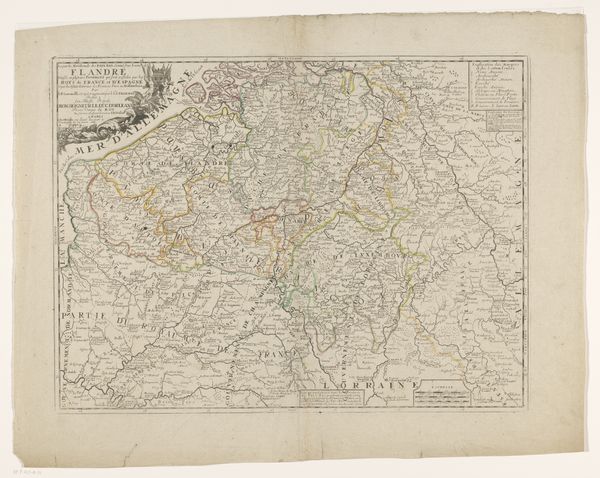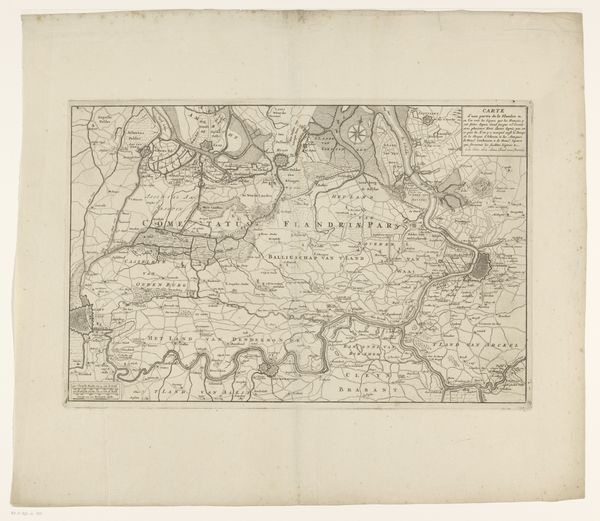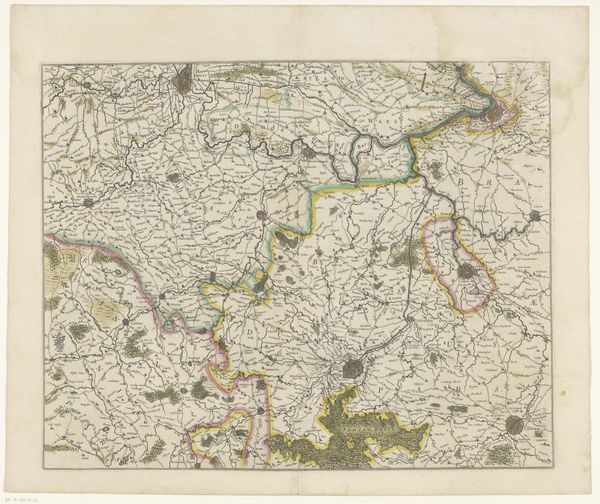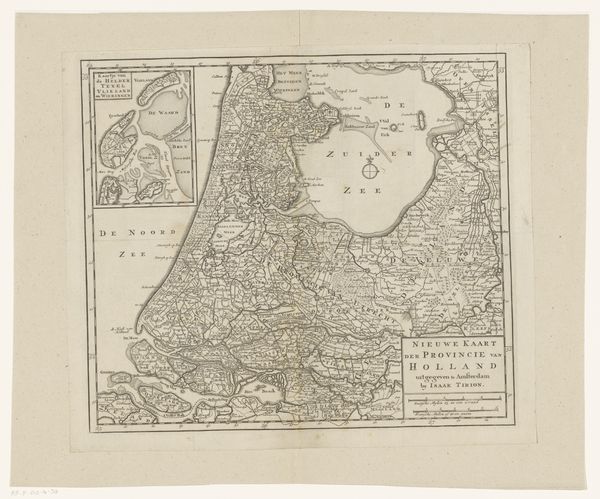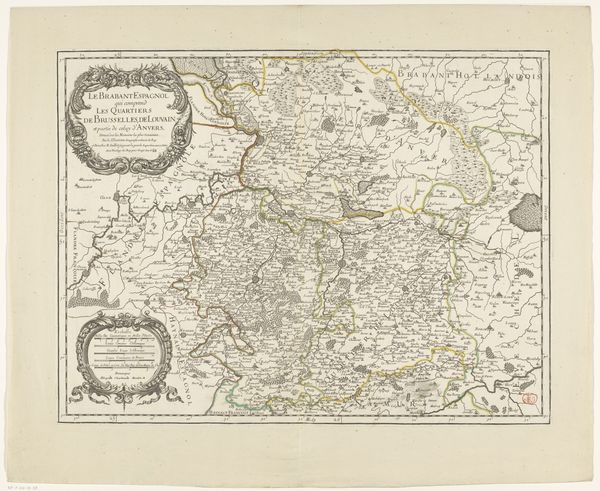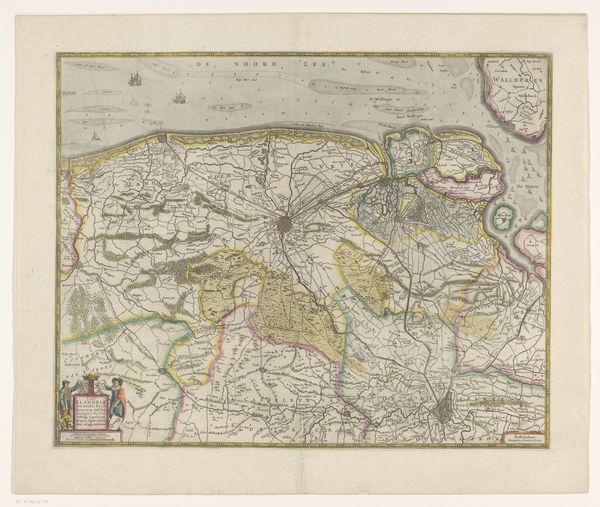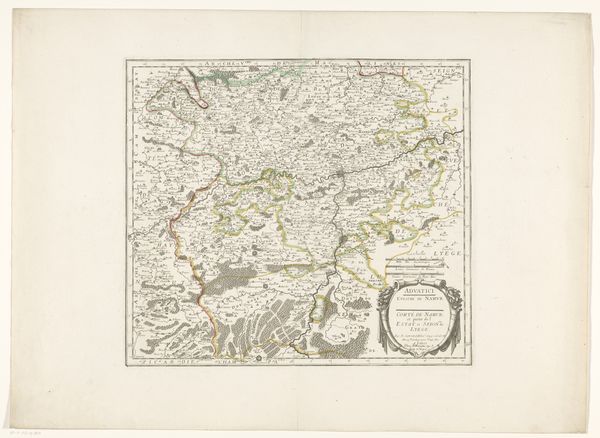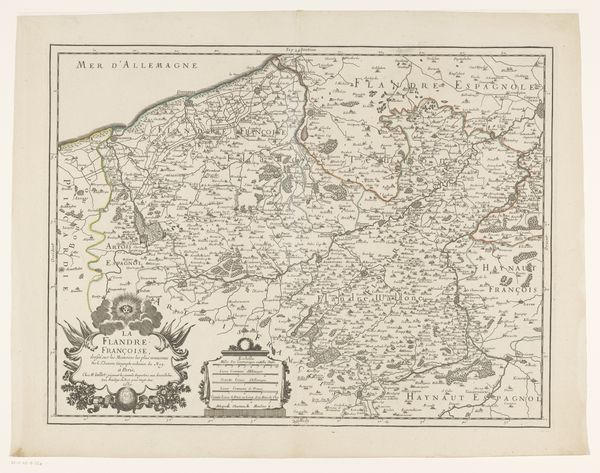
Kaart van Duitsland, Nederland en Noord-Frankrijk 1806 - 1813
0:00
0:00
drawing, print, ink, engraving
#
drawing
#
neoclacissism
# print
#
landscape
#
ink
#
romanticism
#
cityscape
#
history-painting
#
academic-art
#
engraving
Dimensions: height 340 mm, width 426 mm
Copyright: Rijks Museum: Open Domain
Curator: I find myself immediately drawn to the incredible detail of this engraving. It's like peering into another century. What do you think? Editor: My first thought? Overwhelming! It's so packed with information it almost vibrates with pent-up stories and strategic possibilities. Curator: Indeed! This is "Kaart van Duitsland, Nederland en Noord-Frankrijk", or "Map of Germany, the Netherlands, and Northern France", created between 1806 and 1813. The artist, Willem Cornelis van Baarsel, captured not just geography, but a world on the cusp of significant change. It resides here at the Rijksmuseum. Editor: That date is so telling. Right in the thick of the Napoleonic Wars. You can almost see tiny armies marching across it, can't you? The tight linework really amplifies that sense of a world meticulously planned, constantly being reshaped. Curator: Precisely. The emphasis on line and the somewhat subdued tonality give the work an air of clinical precision, typical of the Neoclassical style. Although there are undercurrents of Romanticism in its expansive scope and implicit drama. It attempts to synthesize objective representation with the subjective experience of a tumultuous historical period. Editor: Makes you wonder what Van Baarsel thought, hunched over this, meticulously etching each town and river, as history was breathing down his neck. I feel like you could almost unfold it and start commanding troops! Curator: Yes, maps possess such latent power. What fascinates me is how he balances the demands of cartographic accuracy with aesthetic refinement. Look closely at the lettering—a testament to skilled engraving, while contributing to the overall composition. Editor: True. The way the names of the cities and regions are laid out – there is a rhythm there. Almost like sheet music charting troop movements, a deadly sort of melody. It is interesting how something supposedly factual can speak to deeper more emotional things. Curator: Absolutely. I find that the beauty of studying something seemingly straightforward lies in its latent contradictions, such as these romantic elements in what appears to be neoclassicism. Editor: A real eye-opener, then. Showing that what we think we know is probably only scratching the surface. Curator: An era rendered tangible through meticulous detail. A fitting subject for further pondering, I believe.
Comments
No comments
Be the first to comment and join the conversation on the ultimate creative platform.
